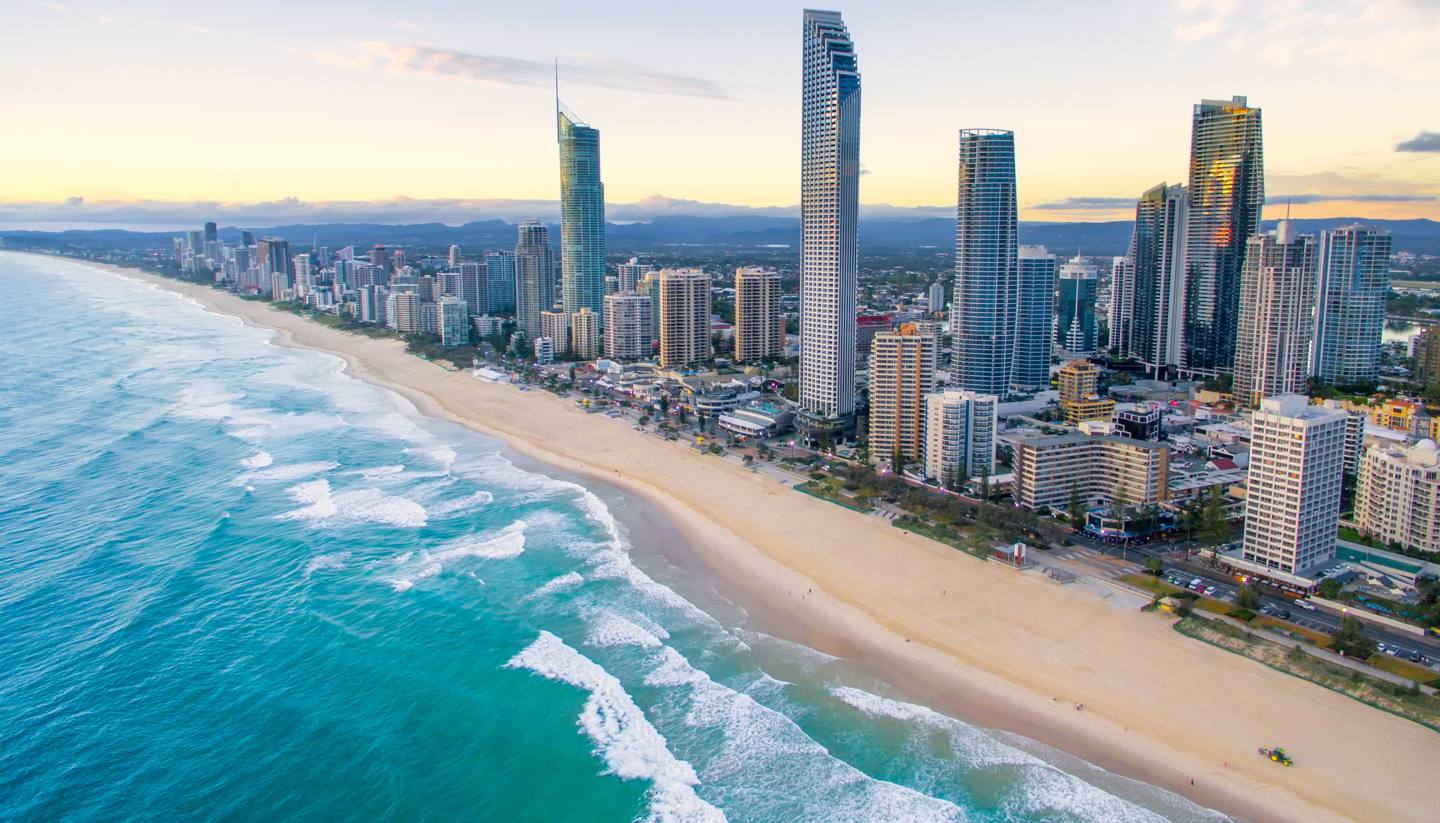Queensland History, Language and Culture
History of Queensland
Aborigines are thought to have arrived in the area that is now known as Queensland as early as 50,000 BC. It is believed that its warm climate and a good supply of food are what made Queensland the most populated area of the continent before the British settlement.
Queensland saw the arrivals of several European explorers in the 17th and 18th century before the first permanent settlers arrived in Australia in the late 18th century. In 1825, Brisbane was established as a British convict settlement, however, it was closed 14 years later and reopened for free settlement in 1842. Brisbane started to become an important hub for wool and other produce with the arrival of farmers and other free settlers.
All this time, Queensland was considered part of the British-controlled colony of New South Wales. But on 6 June 1859, upon the approval of Queen Victoria, the new colony of Queensland was established.
In the late 1800s, the Gold Rush reached Queensland, leading to yet another increase in settlers. Other industries, such as mining and sugar production, also prospered on the back of gold rushes.
While commerce flourished, Queensland had its fair share of conflicts which began almost a century ago and continued since. Clashes between Aborigines and settlers, known as the Australian frontier wars, occurred from time to time. It is said that during these wars, Queensland had the highest Aboriginal fatalities of all the Australian colonies.
In 1901 the majority of Queenslanders voted to join the Federation of Australia and together with five other colonies, they form the Commonwealth of Australia. The vote put an end to the colonial era.
Did you know?
• Five of the 11 World Natural Heritage sites of Australia are in Queensland.
• Queensland has the nickname ‘The Sunshine State’ because it gets an average of 8-9 hours of sunshine per day.
• Fraser Island, off the coast of Queensland, is the world’s largest sand island.


